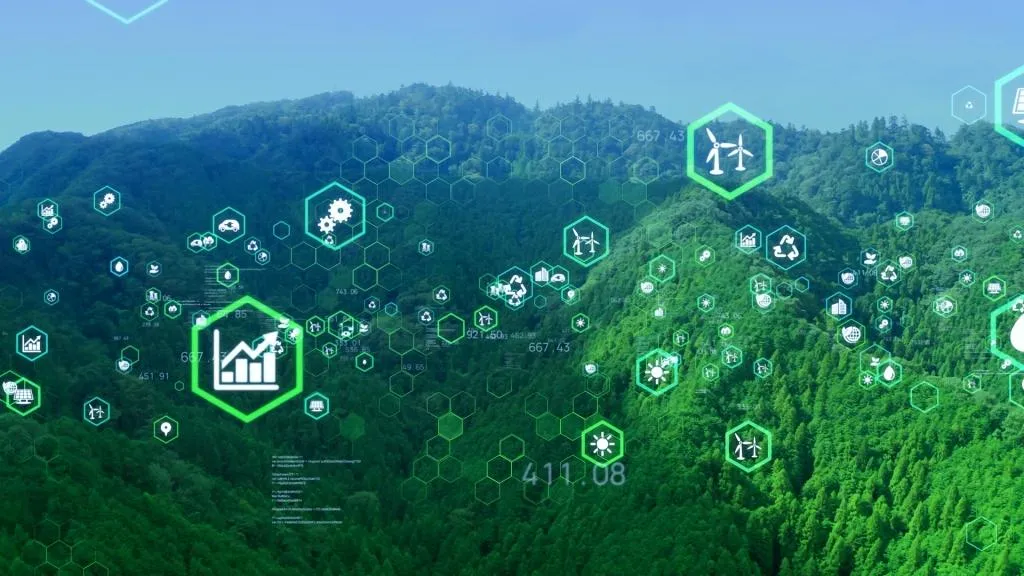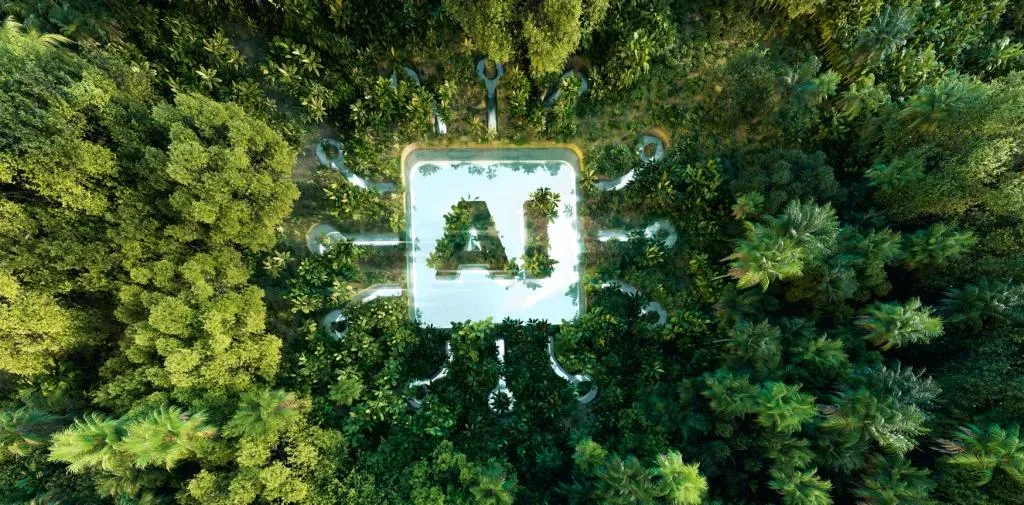Seeds of the Future: Russian-Chinese Cooperation Is Transforming Forestry
In early September, Russian-Chinese cooperation took on an unexpected new theme—forestry. The agenda went beyond biodiversity conservation to include advanced technologies such as artificial intelligence, drones, and digital platforms. The conversation was not only among ecologists but architects of a ‘green’ digital future.

From Exploitation to Regeneration
China has made remarkable progress in reforestation to preserve the environment. Forest coverage increased from 12 percent of the country’s territory in 1981 to 25 percent last year. Recently, China achieved another milestone: using LiDAR, drones, and AI, specialists counted every tree in the country—over 142 billion in total. The study enabled the creation of a detailed map of forest distribution to guide future planting efforts. China is actively creating artificial forests, and advanced technologies are proving indispensable.
At the working meeting, the Russian and Chinese delegations discussed precisely these technologies: forest management, digital record-keeping, remote monitoring methods, and carbon storage assessments. The focus shifted from mere exploitation to intelligent stewardship and regeneration. For Russia, with its vast forest reserves, this is both a matter of national security and ecological sovereignty.

Shared Experience
Russia also brings extensive expertise in forest monitoring using satellites and drones. Russian IT solutions for analyzing remote sensing data and processing big data not only improve wildfire prevention and combat illegal logging, but also build transparent accounting systems—an essential foundation for future climate projects and green investments. These solutions now have an opportunity to scale and enter China’s massive market.
China remains a key strategic partner for Russia in forestry. Delegations regularly meet, from Russian-Chinese working groups on forest resources to broader BRICS discussions. The cooperation covers forest resource development and climate balance preservation.

The latest meeting opens doors beyond routine protocol, with potential pilot projects in border regions where Russian software and algorithms could be tested in real-world conditions. Success could pave the way for their export to other parts of China and BRICS countries. Within Russia, such projects would accelerate the digital transformation of Roslesinforg and local forestry agencies.
A New Orbit of Cooperation
The gathering of Russian and Chinese experts on forestry digitalization was not a first step but rather an elevation to a new orbit of cooperation. The common language now extends beyond diplomatic protocol to include machine learning algorithms.

In the global race for green leadership, Russia is strategically combining its natural wealth with digital intelligence, and the partnership with China is becoming a major driver.










































